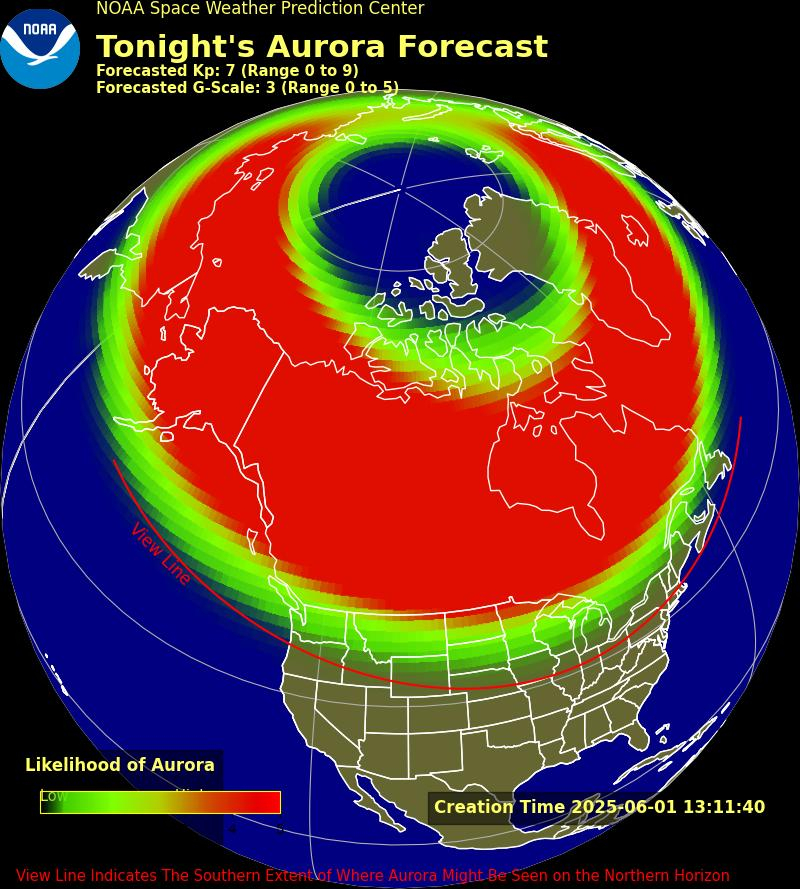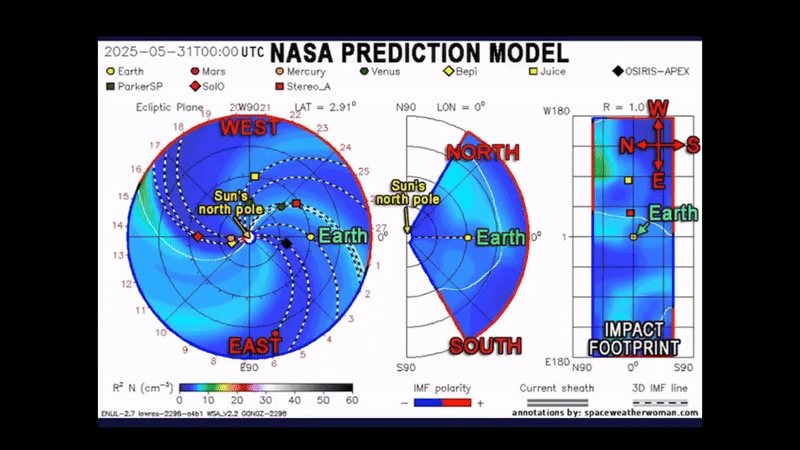The two most brilliant objects in the night sky will make an eye-catching duo on Saturday (Oct. 28).
Looking low to the east-northeast around 7 p.m. local daylight time, you’ll see the Hunter’s full moon of October. Sitting about 4.5 degrees to the lower left of the moon will be the lordly light belonging to the largest planet in our solar system: Jupiter.
Your clenched fist held at arm’s length measures roughly 10 degrees, so the moon and Jupiter will be separated by about half a fist.f you stay up through the night, you’ll notice that the moon will be pulling slowly closer to Jupiter by about its own diameter, every hour.
By around 1 a.m. local daylight time (early Sunday, Oct. 29), both moon and planet will reach their highest point in the southern sky, and the moon will seem to be hovering noticeably closer to Jupiter’s upper right.
Related: See Jupiter’s volcanic moon Io glow red-hot in incredible images from NASA’s Juno probe
Jupiter at its best
In the days that follow, the moon will pull away to the east and diminish in illumination, leaving glorious Jupiter to rule the October night.On Nov. 3, the king of the planets will come to opposition against the sparse background stars of Aries, the ram. Since Jupiter is then opposite to the sun, it rises at sunset, crosses the sky from east to west during the night, and sets at sunrise. Beginning in November and for the balance of the fall, Jupiter will already be up in the east when the sun goes down.
Opposition generally brings a “superior” (outer) planet closest to the Earth, and this is why Jupiter now shines more brilliantly than it has all year.At an eye-popping magnitude of -2.9 — fully four times brighter than Sirius, the brightest star — it’s far brighter than any nighttime star.
But this year’s apparition of Jupiter is an exceptionally good one.Although “Big Jupe” comes to opposition every 13 months (every time the Earth sweeps between it and the sun), 2023 is also Jupiter’s year of perihelion.This is when the planet is closest to the sun in its 12-year orbit, so it’s also particularly close to the Earth. Jupiter reached that point in its orbit on Jan. 20. Jupiter is 33 light-minutes away from Earth this month, compared to its most distant opposition of the last decade in 2017.
Actually, last October’s opposition placed Jupiter about 2.77 million miles (4.46 million km) closer than this year, but that makes no difference in how bright Jupiter is now compared to a year ago. In a telescope, the planet’s apparent disk size measures less than four-tenths of a percent smaller.
Truth be told, for the next month or so, Jupiter’s disk is the most generous that a planet can be: Large and fully illuminated, and — when observed high in the sky with a good telescope — decorated with numerous bands and other intricate features. In fact, there are now more telescopic features and surface area visible on this one disk than on all the other planets combined. And after this year, Jupiter will not attain such a pinnacle of extreme brilliance again until the year 2034.

More moons to be seen
Related Stories:
On Saturday evening, good binoculars or a telescope will also reveal three of the famous Galilean satellites during the early evening hours: Io will be located rather close to Jupiter, while Callisto will be positioned closely below it, and well to the right (west) of Jupiter will be Europa.
Between 10:02 p.m. and 12:19 a.m. EDT (0202 and 0419 GMT Sunday, Oct. 29), Io and its shadow will pass in front of Jupiter. The eclipse can be seen in moderate-sized telescopes.Io’s shadow will be evident as a tiny black dot, and the event is called a shadow transit.Io itself may be invisible from insufficient contrast with the background disk of Jupiter, but it can be readily seen for a short while as a white dot just as it is about to move off of Jupiter’s west limb. Io’s shadow will move off Jupiter’s disk 7 minutes earlier, at 12:12 a.m. EDT Saturday (0412 GMT Sunday).


